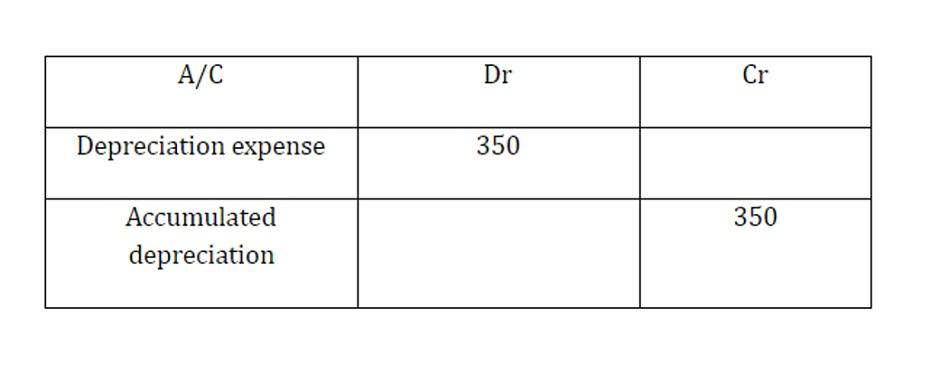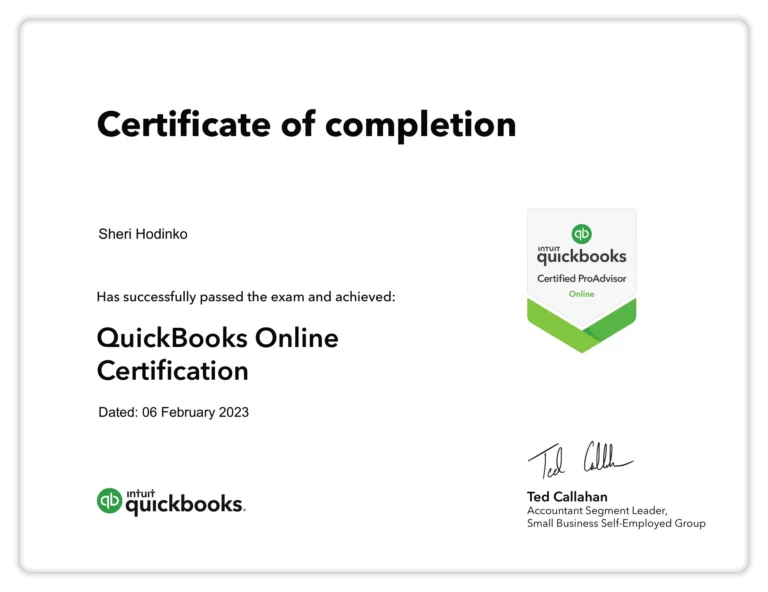Chưa có sản phẩm trong giỏ hàng.
Bookkeeping
What is Sales Revenue? How to Calculate it with Formula

Activities that generate operating revenue are directly related to the primary line of the business. The total revenue of the supply shop is $6,600, after adding the revenue on each of the products sold. However, if gross revenue is shown it will have the contra-revenue deductions listed below gross revenue, and a subtotal for net revenue below that.
- Driving your sales higher requires a well-thought-out strategy, consistent processes and a motivated sales team.
- Sales revenue measures the income brought in by the company’s core business activities.
- We want to work with you for the long term, but only as long as that’s what you want too.
- You can better prepare for operating expenses, now and in the future, and produce accurate sales forecasts.
- Gross sales should be shown in a separate line item than net sales as there can be substantial deductions from gross sales.
- Sales revenue includes all sales of your products and services and provides a clear picture of the profit you’ve made from what you sell.
Our Products
- A company may also distinguish revenue between tangible and intangible product lines.
- Together with profitability, sales revenue offers critical insight into a company’s financial condition and growth prospects to a business’s owners and managers, as well as lenders and investors.
- For example, 100 service customers times the standard price of $200, equals $20,000 in sales revenue.
- For example, proceeds from the sale of an asset, a windfall from investments, or money awarded through litigation are non-operating revenue.
Learning the revenue generated by these campaigns allows you to scale up and optimize the best-performing ones. You can better plan for operating expenses for both immediate and future expenses. This could include things like total inventory, employee wages or salaries or paying vendors and suppliers.
Track sales revenue, make better business decisions

A steady or increasing sales revenue stream signifies a healthy business and can attract potential investors. This, in turn, can lead to increased business growth and long-term success. The historic trend of revenue is analyzed, and revenue for future periods is forecasted.
- Total revenue is always going to be higher compared to sales revenue since it’s the total of your revenue-generating channels.
- With these principles in mind, your business will be well-equipped to maximise sales revenue, fuel growth, and achieve lasting success.
- Cash accounting, on the other hand, will only count sales as revenue when payment is received.
- For information pertaining to the registration status of 11 Financial, please contact the state securities regulators for those states in which 11 Financial maintains a registration filing.
- The length of time you should keep a document depends on the action, expense, or event the document records.
Sales revenue and the income statement

We need the average unit price and the number of units sold to calculate product-based sales revenue. Net sales is usually the total amount of revenue reported by a company on its income statement, which means that all forms of sales and related deductions are combined into one line item. Gross sales should be shown in a separate line item than net sales as there can be substantial deductions from how to calculate sales revenue accounting gross sales. If this deduction is hidden on a financial statement, the statement will be missing key information about the quality of sales transactions. Sales revenue is the money a business makes from its core activities, including the sale of all products and services. Unlike the broader term revenue, it excludes money generated from non-core sources, like interest, royalties and fees.

SG&A can include rent, utilities, marketing and advertising, salaries, and other operating costs. Revenue can be divided into operating revenue—sales from a company’s core business—and non-operating revenue which is derived from secondary sources. As these non-operating https://www.bookstime.com/ revenue sources are often unpredictable or nonrecurring, they can be referred to as one-time events or gains. For example, proceeds from the sale of an asset, a windfall from investments, or money awarded through litigation are non-operating revenue.

For example, many companies will model their revenue forecast all the way down to the individual product level or individual customer level. On a profit & loss sheet, revenue is the first item, hence the nickname the top line. When you’re forecasting sales, the last thing you want is a garbage-in-garbage-out situation. But to input clean data, you need to be consistent and accurate when collecting data in the first place. After gathering your data at different stages of the sales cycle, it’s important to look for strange anomalies, like coding errors or sudden spikes and dips. The two main components of sales revenue are gross revenue and net revenue.
Meanwhile, revenue is a business’s income from all sources, including sales. For example, a company can have $10 million in sales but $12 million in revenue if nonoperating income totals $2 million. Sales revenue measures the income brought in by the company’s core business activities. But while the definition may be straightforward, calculating sales revenue requires some more thought.
Want More Helpful Articles About Running a Business?
These two terms are used to report different accumulations of numbers. A company’s revenue may be subdivided according to the divisions that generate it. For example, Toyota Motor Corporation may classify revenue across each type of vehicle. Alternatively, it can choose to group revenue by car type (i.e. compact vs. truck). Adam Hayes, Ph.D., CFA, is a financial writer with 15+ years Wall Street experience as a derivatives trader.

